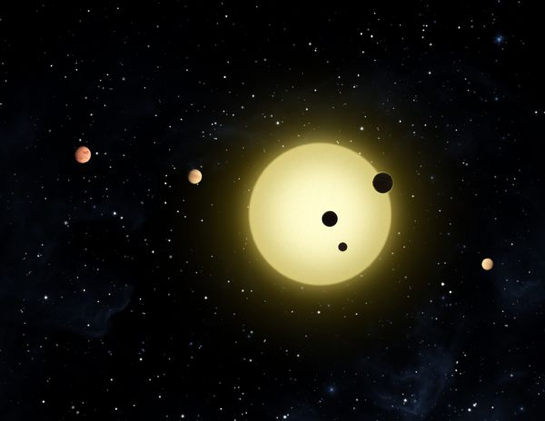Scientist Suggests Using Light Pollution To Search For Alien Life

A scientist suggested using a new method for finding planets with a technologically advanced race of aliens. According to the scientist, this can be done by looking for traces of light pollution in space.
On Earth, the increase in light pollution corresponds with the rise in population and technological advancement. With more people using facilities and devices that produce light, the level of light pollution on Earth is much greater now compared to its status a hundred years ago.
For Dr. Jacob Van Loon of the Keele University in England, the light pollution emitted by Earth is visible from space. If there is an advanced race of alien beings currently monitoring the cosmos, it would have most likely spotted Earth due to its light pollution.
According to Van Loon, space agencies can use this concept in their search for alien life in space. Similar to the conditions on Earth, an alien planet with an advanced race of inhabitants will also give off light pollution due to their technological advancements.
“We are looking for ways of detecting biosignatures – signatures of life on other planets,” he told Express. “If these aliens are technologically advanced they will leave artificial signatures. You can think the other way around, and we could use this principle to look for alien life.”
The scientist noted that using this method will help ensure that only planets with intelligent lifeforms will be discovered by the agencies. After all, only an advanced race of aliens will be able to develop technological advancements that are capable of emitting light.
Van Loon noted that in order to find a planet that still has an active civilization using this method, space agencies should be close enough to the source of the light pollution. If the planet is too far away, agencies might only be able to observe it from a different time.
“They have to be near enough, because if they are 1,000 light-years away, they will be seeing Earth as it was 1,000 years in the past, and the Earth wasn’t lit with artificial light sources in the Middle Ages,” he explained.
© Copyright IBTimes 2024. All rights reserved.





















